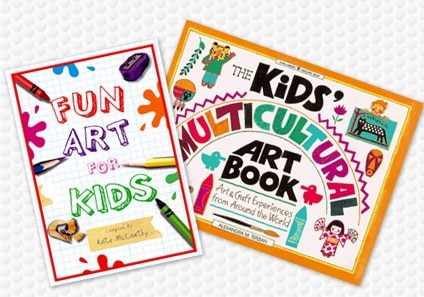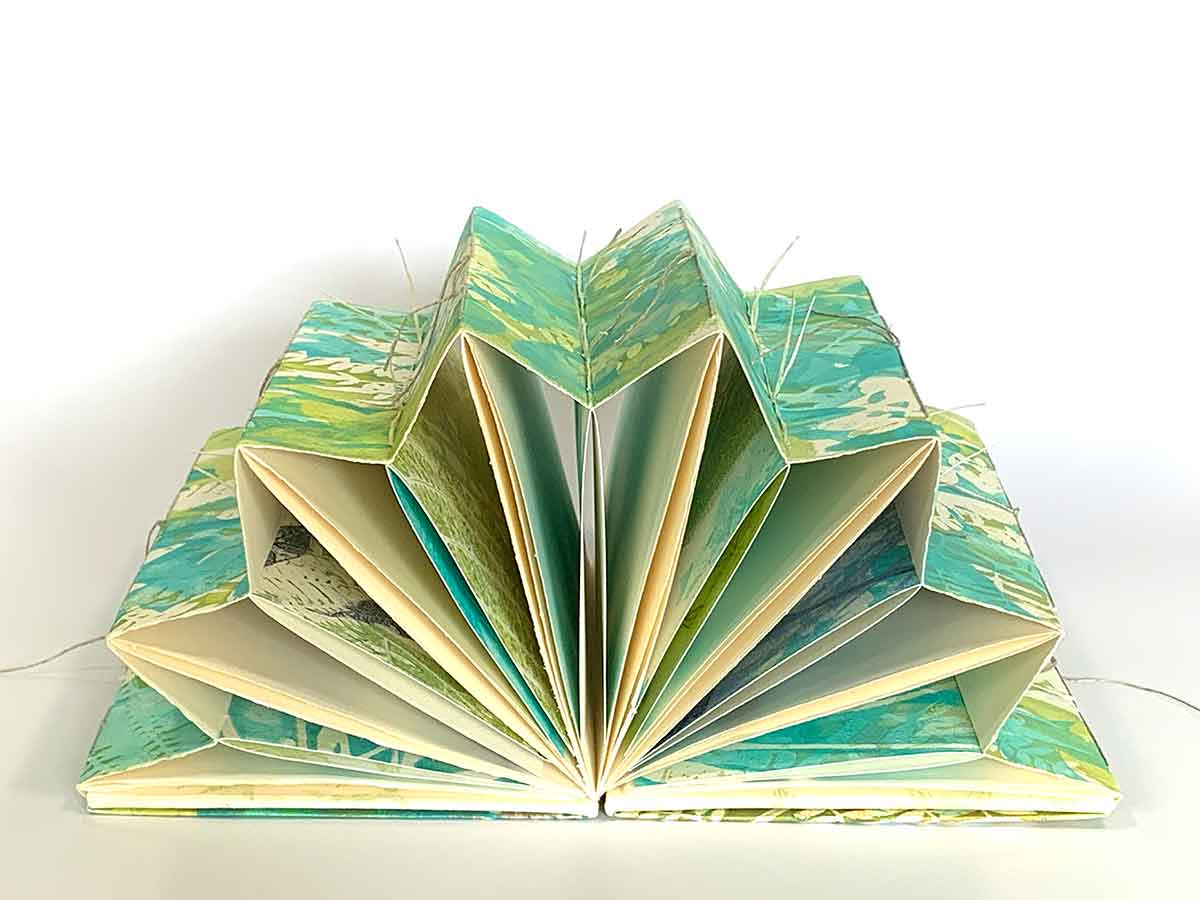Gloss or Matte: Choosing the Best Paper for Your art book
Gloss or Matte: Choosing the Best Paper for Your art book
Blog Article
Browsing the World of Art Book Printing: Tips and Techniques for a Perfect Finish
When it pertains to art book printing, you need to mix imagination with technical expertise for the ideal outcomes. You'll deal with choices that can make or break your task, from choosing the ideal printing approach to selecting paper that enhances your art work. Yet before you wrap up anything, there's a crucial step that can conserve you from costly blunders. Allow's discover what that is and exactly how it can boost your art book.
Understanding the Printing Process
When you immerse yourself on the planet of art book printing, recognizing the printing procedure is critical for attaining your preferred results. Begin by familiarizing on your own with different printing techniques, like digital and counter printing. Each technique has its strengths, so consider your task's range and budget.
Following, focus on color management. Ensure your pictures remain in the right color account, as this impacts how they'll show up in print. You'll also desire to select the right resolution-- 300 DPI is typical for high-grade prints.
Always request an evidence before the final print run to capture any type of mistakes or discrepancies in color. Recognizing these aspects can considerably boost the quality and general appearance of your art book.
Choosing the Right Paper
Choosing the appropriate paper can greatly affect the total look of your art book. You'll want to mirror on factors like weight, texture, and surface. A larger weight paper can give your pictures a much more luxurious look, while lighter documents could feel much more fragile.
Appearance plays a vital role as well; shiny paper boosts shades and detail for vivid pictures, while matte paper provides a more controlled and artistic appearance. Consider how you want your art work to be regarded-- do you like sharp contrasts or softer edges?
This will certainly assist you picture exactly how your art communicates with different documents. Keep in mind, the best choice can elevate your book from ordinary to phenomenal, guaranteeing your innovative vision shines via in every web page.
Checking Out Binding Choices
When it concerns binding your art book, you've obtained a number of options to ponder that can influence both the feel and look of your project. Consider the toughness features you need, along with the cost implications of each binding approach. Selecting the right binding can boost your art work and guarantee it lasts for several years to find.
Kinds Of Binding Approaches
There are a number of binding approaches to ponder for your art book, each offering distinct benefits and aesthetics. For a much more creative touch, take into consideration spiral binding; it allows your book to lay level, showcasing your art work perfectly. Each binding method has its charm, so think about your book's function and audience to select the one that finest enhances your vision.

Selecting Sturdiness Functions
After taking into consideration the numerous binding approaches, it's time to concentrate on sturdiness functions that can enhance the longevity of your art book. Selecting a durable binding alternative is necessary; think about options like case binding or lay-flat binding, which give additional stamina. Furthermore, take notice of the sort of adhesive utilized; a top notch PVA glue can assure the pages remain secure with time. If you expect your book to endure constant handling, go with materials like laminated covers or layered paper, which resist deterioration. Assume concerning just how you'll keep the book-- using a safety slipcase can add an additional layer of protection against dirt and damage. Focus on these attributes to keep your art book looking beautiful.
Price Implications of Binding
While choosing a binding choice for your art book, it's vital to consider exactly how each option affects your budget. Saddle stitching is much more cost-effective, optimal for smaller books, yet it could not match bigger jobs. Ultimately, picking the right binding alternative can enhance your art book's discussion without breaking the bank.
Creating for Publish
When creating for print, you need to prioritize clarity and aesthetic effect to successfully showcase your artwork. Start by selecting a color scheme that matches your pieces, guaranteeing it translates well read this on paper. Remember that shades may show up in different ways in print than on-screen, so select shades that keep vibrancy when published.
Usage high-resolution photos to avoid pixelation; aim for at the very least 300 DPI for peak high quality. Consider your typography carefully-- choose fonts that enhance your art without subduing it. Keep an equilibrium between message and visuals, guaranteeing that neither distracts from the other.
Take note of design and white space, as these components direct the customer's eye and develop an great post to read unified circulation. Think regarding the dimension and dimensions of your book; it must boost your artwork, not constrict it. By concentrating on these facets, you'll create a magnificent print design that astounds your target market.
Proofing Your Artwork
Once you've completed your layout, it's time to evidence your art work to validate everything looks as intended. If your artwork is vibrant on-screen, however boring on paper, modifications might be needed.
Publish an examination evidence to see exactly how your style translates to paper. Make particular your art work adheres to any specific standards your printer needs, such as bleed and trim lines.
Functioning With a Printer
When you're prepared to print your art book, finding the appropriate printer is essential. You'll require to plainly interact your vision and recognize the printing specifications to assure whatever ends up as anticipated (art book). Let's discover exactly how to make this process smooth and effective
Choosing the Right Printer
Picking the best printer can make all the distinction in bringing your art book vision to life. Begin by recognizing your particular demands, like paper top quality, shade accuracy, and binding alternatives. Study regional and online printing companies, focusing on their portfolios and customer testimonials. You want a printer experienced in art publications, as they'll understand the nuances of recreating your art work faithfully. Don't wait to request examples of their previous work to evaluate their top quality. Once you have actually limited your options, get to out to review your project in information. This first conversation can expose their competence and willingness to work together. Bear in mind, a good printer will not just fulfill your expectations but raise your task. Choose carefully!
Interacting Your Vision
To assure your art book comes out just as you envision, it's essential to connect your vision plainly with your printer. Start by sharing your imaginative concept, including themes, shades, and any type of particular components you desire highlighted - art book. Be open about your spending plan and timeline; this aids your go to this web-site printer supply sensible options.

Recognizing Printing Specifications
With your vision plainly expressed, it's time to concentrate on the technological side of printing your art book. Comprehending printing specifications is important for achieving the perfect outcome. Next off, think about the book's dimensions-- standard dimensions are commonly a lot more economical, but custom dimensions can improve your distinct style.
Advertising And Marketing Your Art Book
Advertising and marketing your art book successfully can make all the difference in reaching your target market and increasing sales. Start by recognizing your target audience. Are they art lovers, collection agencies, or students? Dressmaker your messaging to resonate with them. Utilize social media sites systems like Instagram and Pinterest, where visuals shine. Showcase your art work, share behind-the-scenes content, and involve with your followers via stories and blog posts.
Consider holding a launch occasion or participating in art fairs to attach with possible buyers straight. Work together with influencers or blog owners in the art community to increase your reach. Don't undervalue the power of email advertising; construct a newsletter to maintain interested viewers updated.
Lastly, utilize online marketplaces and your web site for straight sales. Offer restricted versions or unique promotions to produce seriousness. By incorporating these techniques, you'll boost presence and drive sales for your gorgeous art book.
Often Asked Inquiries
What Is the Ordinary Cost of Art Book Printing?
The average expense of art book printing differs extensively based upon factors like size, page count, and products. Usually, you're looking at anywhere from $10 to $50 or more per book, depending upon your options.
How much time Does the Printing Refine Commonly Take?
The printing process normally takes regarding 2 to 4 weeks, relying on the task's intricacy and quantity. You'll require to consider layout, proofing, and possible revisions to guarantee everything meets your assumptions.
Can I Publish a Minimal Version of My Art Book?
Yes, you can publish a restricted edition of your art book. Just choose the number of duplicates you want, choose a quality printer, and guarantee you have actually obtained the appropriate products to produce a special feel.
What File Formats Are Best for Publishing My Art Work?
For publishing your artwork, usage high-resolution documents like TIFF or PDF. Prevent JPEGs for final prints, as they can shed information.
Exactly How Can I Ensure Shade Accuracy in My Printed Book?
To assure shade accuracy in your published book, utilize a calibrated display, soft proof your files, and pick a trusted printing solution. Take into consideration utilizing RGB or CMYK shade modes as required for your art work.
Report this page